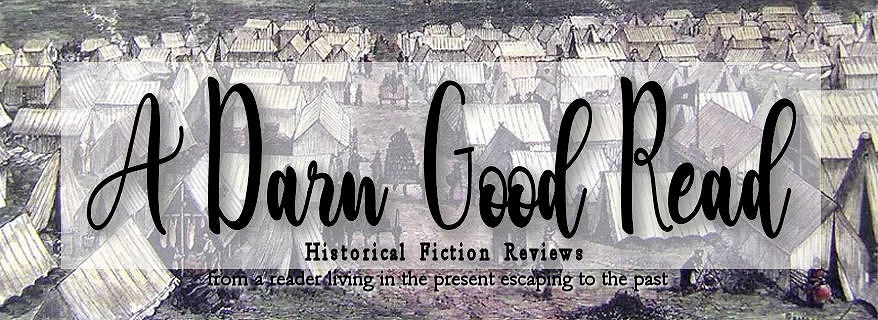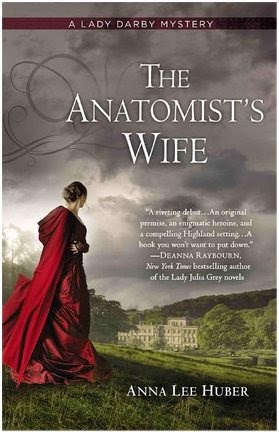This weekly meme is hosted by Sheila at Book Journey.
What I Read Last Week
The Winter Siege by Ariana Franklin & Samantha Norman
Run, run, girl. In the name of God, run. It's 1141 and freezing cold. Gwil, a battle-hardened mercenary, watches in horror as a little girl with red hair is dragged away by his own men. Caught in the middle of the fight for England she is just one more victim in a winter of atrocities. But a strange twist of fate brings them together again. Gwil finds the girl close to death, clutching a sliver of parchment - and he knows what he must do. He will bring her back to life. He will train her to fight. And together, they will hunt down the man who did this to her. But danger looms wherever they turn. As castle after castle falls victim to siege, the icy Fens ring with rumours of a madman, of murder - and of a small piece of parchment the cost of which none of them could have imagined....
You can read my review here.
What I'm Reading Today
The Anatomist's Wife by Anna Lee Huber
Scotland, 1830. Following the death of her husband, Lady Darby has taken refuge at her sister's estate, finding solace in her passion for painting. But when her hosts throw a house party for the cream of London society, Kiera is unable to hide from the ire of those who believe her to be as unnatural as her husband, an anatomist who used her artistic talents to suit his own macabre purposes. Kiera wants to put her past aside, but when one of the house guests is murdered, her brother-in-law asks her to utilize her knowledge of human anatomy to aid the insufferable Sebastian Gage--a fellow guest with some experience as an inquiry agent. While Gage is clearly more competent than she first assumed, Kiera isn't about to let her guard down as accusations and rumors swirl. When Kiera and Gage's search leads them to even more gruesome discoveries, a series of disturbing notes urges Lady Darby to give up the inquiry. But Kiera is determined to both protect her family and prove her innocence, even as she risks becoming the next victim...
Hoping to Also Read This Week
These books are still in my reading pile from last week's It's Monday! What are You Reading? meme.
I would also like to read one book towards my Reading England 2015 challenge, which will cross-over into a few other challenges:
Shirley by Charlotte Brontë
The Shirley of the title is a woman of independent means; her friend Caroline is not. Both struggle with what a woman's role is and can be. Their male counterparts - Louis, the powerless tutor, and Robert, his cloth-manufacturing brother - also stand at odds to society's expectations. The novel is set in a period of social and political ferment, featuring class disenfranchisement, the drama of Luddite machine-breaking, and the divisive effects of the Napoleonic Wars. But Charlotte Brontë's particular strength lies in exploring the hidden psychological drama of love, loss and the quest for identity. Personal and public agitation are brought together against the dramatic backdrop of her native Yorkshire. As always, Brontë challenges convention, exploring the limitations of social justice whilst telling not one but two love stories.















